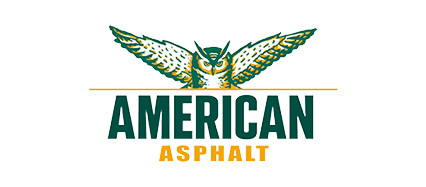
ADA Compliance Checklist for Commercial Parking Lots
A lot goes into operating a business or organization. With much attention focused on what’s happening inside your building, it can be easy to neglect important factors outside. Access to the building is a crucial consideration for property owners and one that is often overlooked. To ensure your property is accessible for people with disabilities, ADA compliance is essential.
American Asphalt provides outstanding pavement services throughout New Jersey and parts of Pennsylvania. Here, we discuss ADA parking requirements to make sure your property is inclusive to all.
What Does ADA Compliance Mean?
ADA represents the Americans with Disabilities Act, a federal civil rights law passed in 1990. Its purpose is to guarantee people with disabilities have the same rights and opportunities as everyone else and to prevent discriminatory actions.
ADA compliance is a federal mandate that applies to many types of businesses and organizations, including:
- Businesses and nonprofit organizations serving the public
- Privately operated transit
- Commercial facilities
- State and local governments
- Employment agencies and labor organizations
Businesses and organizations should prioritize ADA compliance to ensure people with disabilities have equal access to goods and services. Upholding this federal civil rights law will keep businesses compliant and avoid legal repercussions like lawsuits and fines. Furthermore, by making facilities and services accessible, companies can serve a wider customer base.
ADA Parking Requirements
ADA compliance is broken down into five sections, also known as titles. ADA Title III covers public accommodations and commercial facilities, including businesses, restaurants, hotels, and more. To comply with ADA regulations and make sure their parking lots and access points are ADA-compliant, companies and organizations should abide by these parking requirements:
Accessible Parking Spaces
Any establishment that provides parking must include accessible parking spaces that comply with the ADA. These spaces, which must be at least 96 inches wide and have less than a 2% maximum pitch, make it easier for people with disabilities to access the building. Designated accessible parking spaces must be located on the closest accessible route to the nearest accessible entrance of the building, ensuring a clear path.
How many accessible parking spaces a parking lot is required to have depends on the total number of spaces in a specific parking area or structure. The more parking spaces available, the more accessible spaces required. When calculating the number of accessible parking spaces needed for your property, it is important to note that each parking structure or parking lot is calculated separately and is not based on the total number of parking spaces provided on a site.
Clear Access Aisles
Accessible parking spaces must be accompanied by access aisles at least 60 inches wide. These designated isles must also have less than 2% pitch as they serve as the loading/unloading areas for wheelchair access.
To prohibit and discourage illegal parking in these areas, access aisles must be properly marked with appropriate blue line striping. Additionally, access aisles must be the same length as adjacent accessible parking spaces and have the same maximum grade restrictions as the parking stalls themselves.
Two accessible parking spaces are allowed to share the same access aisle, provided the parking spaces aren’t angled. Which side of the vehicle the access aisle is located on does not matter unless the parking space is angled, in which it must be located on the passenger side.
Van Accessible Parking Spaces
Companies and organizations must provide parking spaces for vans and other vehicles that use mechanisms to allow passengers to enter and exit safely. These spaces must either be 132 inches wide with an access aisle at least 60 inches wide, or the parking space must be 96 inches wide with an adjacent access aisle of equal width. Van-accessible parking spaces must have at least 98 inches of vertical clearance.
Other Considerations
- Parking surface: Accessible parking spaces must be firm, stable, and slip-resistant.
- Signage: Each accessible parking space must be clearly marked with the international symbol of accessibility on a sign mounted at least 60 inches above the ground. Additionally, van-accessible spaces must be marked with appropriate signage.
- Maintenance: Property owners should regularly inspect accessible parking spaces and features to ensure they are maintained in good condition and address any issues with signage, surface conditions, or accessibility features promptly.
Achieve ADA Compliance with American Asphalt
At American Asphalt, we understand the impact accessible parking spaces have on your business or organization. Serving commercial clients in New Jersey and eastern Pennsylvania, we offer line striping and removal services to create clear spaces that adhere to ADA parking requirements.
For those in the initial planning phases of construction or property owners in need of a replacement, we offer asphalt paving services. Our team has a reputation for producing smooth and level parking areas and has the experience and expertise to tackle big jobs. Contact us today at American Asphalt to learn more about ADA compliance and our services to ensure you provide access spots for those with disabilities.


